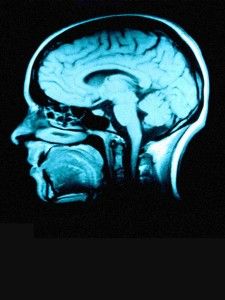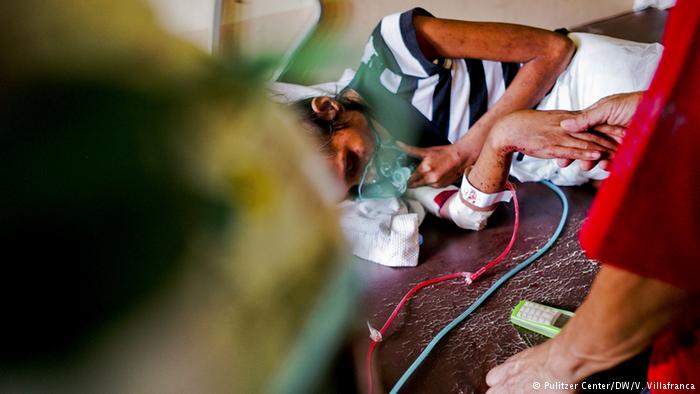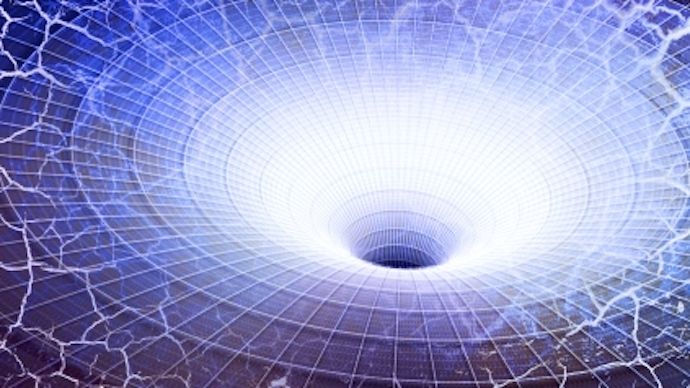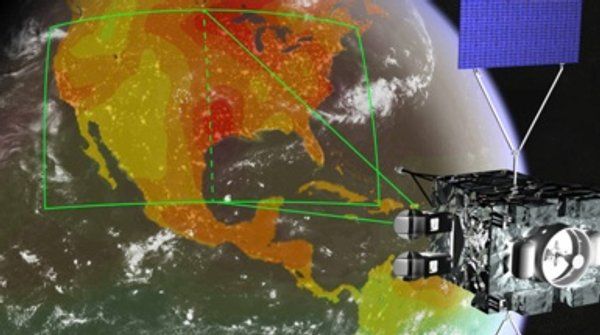It’s waterproof, dustproof, ultra-durable, and ready to amplify your life. TASKA makes it easier for you to do more. For more information, check out the product page on our site: https://hubs.ly/H0bf1t80
Get the latest international news and world events from around the world.

This New Hybrid Solar Cell Can Harvest Electricity From Actual Raindrops
As advanced and efficient as our solar panels are becoming, they’re still pretty much useless when rain clouds arrive overhead. That could soon change thanks to a hybrid cell that can harvest energy from both sunlight and raindrops.
The key part of the system is a triboelectric nanogenerator or TENG, a device which creates electric charge from the friction of two materials rubbing together, as with static electricity – it’s all about the shifting of electrons.
TENGs can draw power from car tyres hitting the road, clothing materials rubbing up against each other, or in this case the rolling motion of raindrops across a solar panel. The end result revealed by scientists from Soochow University in China is a cell that works come rain or shine.

Bill Gates Just Purchased an Enormous Amount of Land to Build His Own “Smart City”
24,800 acres of land will soon become a “smart city” in Arizona. One of Bill Gates’ investment firms is investing millions into this project, hoping that its proximity to local hubs and ability to be completely molded will allow for innovation.
Bill Gates has started laying out his plans for creating a “smart city” in Phoenix, Arizona, about 45 minutes west of downtown. Located in the far west valley, the piece of land is comprised of approximately 24,800 acres. Belmont, the proposed name for the city, will embrace and push forward innovation and technology. One of Gates’ investment firms has already solidified the plans by devoting $80 million to the project.


The quest to 3D-bioprint every dead person back to life
My new article at Newsweek on transhumanism, 3D Bioprinting the dead, and Quantum Archaeology:
Can radical scientific and technological advances really solve the problem of death?


Physicists To Test Whether Gravity is a Quantum Force
Our current understanding of gravity is based on Albert Einstein’s general theory of relativity—a dated concept belonging to the realm of classical physics.
Modern scientists, however, are still struggling to quantize gravity—that is, describe it according to the principles of quantum mechanics.
This 83-year search is believed by many to be the deepest question in physics.


Meet the Satellites That Can Pinpoint Methane and Carbon Dioxide Leaks
European and Canadian orbiters can work together to catch wayward emissions.
- By John Fialka, E&E News on March 9, 2018